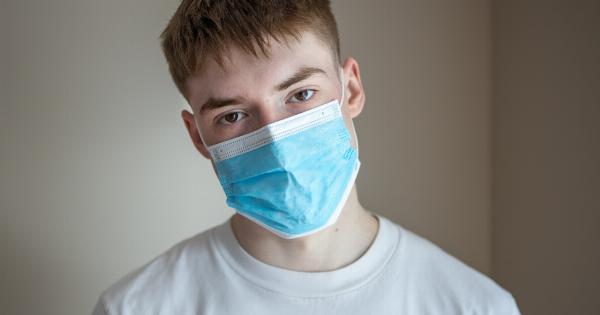Vaginal yeast infection, also known as Candidiasis, is a common condition that affects millions of women worldwide.
The infection is caused by a fungus called Candida which usually lives harmlessly in the body but can sometimes overgrow in the vagina leading to symptoms such as itching, soreness, burning, and discharge. While vaginal yeast infection is not a serious condition, it can be uncomfortable and disrupt your daily activities. However, it is easily treated with over-the-counter medications or prescription antifungal medication.
Symptoms of vaginal yeast infections
The symptoms of vaginal yeast infection can vary from person to person. Some women may experience mild symptoms while others may experience severe and recurring symptoms. Common symptoms of vaginal yeast infection include:.
- Itching and burning in the vagina and surrounding area
- Soreness and redness of the vulva
- Painful urination
- Thick, white, and odorless vaginal discharge
- Rash and swelling on the vulva
Causes of vaginal yeast infections
Vaginal yeast infections occur when the balance of bacteria and yeast in the vagina is disrupted. This can happen due to several factors such as:.
- Antibiotic use: Antibiotics can kill the good bacteria in the body that keep yeast in check, leading to overgrowth of yeast in the vagina.
- Pregnancy: Hormonal changes during pregnancy can alter the vaginal environment, making it more susceptible to yeast infections.
- Weakened immune system: Women with weakened immune systems due to conditions such as HIV or chemotherapy are more prone to yeast infections.
- Birth control pills: Hormonal changes caused by birth control pills can increase the risk of yeast infections.
Diagnosis of vaginal yeast infections
To diagnose a vaginal yeast infection, your doctor will perform a pelvic exam to check for any signs of infection such as swelling and discharge. They may also take a sample of the vaginal discharge to test for the presence of yeast.
Treatment of vaginal yeast infections
Vaginal yeast infections can be easily treated with over-the-counter medications such as antifungal creams, tablets, and suppositories. These medications are inserted into the vagina to kill the yeast and relieve the symptoms.
Some common over-the-counter medications used to treat vaginal yeast infections include:.
- Miconazole (Monistat)
- Clotrimazole (Lotrimin)
- Tioconazole (Vagistat)
If the over-the-counter medications do not relieve the symptoms or if you have recurring yeast infections, your doctor may prescribe stronger antifungal medications such as fluconazole (Diflucan).
Prevention of vaginal yeast infections
The following measures can help prevent vaginal yeast infections:.
- Avoid using scented products in the vaginal area such as perfumed soap, sprays, and bubble baths.
- Wear cotton underwear and avoid tight-fitting pants and synthetic materials that can trap moisture and promote yeast growth.
- Avoid douching as it can disrupt the natural balance of bacteria and yeast in the vagina.
- Maintain good hygiene by washing the genital area with mild soap and water.
- Eat a healthy diet and avoid excessive sugar and carbohydrates that can feed yeast growth.
When to see a doctor
If you experience symptoms of vaginal yeast infection such as itching, burning, and discharge, and over-the-counter medications do not relieve the symptoms, it is important to see your doctor.
You should also see your doctor if you have recurring yeast infections as this could be a sign of an underlying health condition such as diabetes.
Conclusion
Vaginal yeast infection is a common condition that affects many women. While it can be uncomfortable and disruptive, it is easily treated with over-the-counter medications or prescription antifungal medications.
By practicing good hygiene, maintaining a healthy diet, and avoiding certain products, you can prevent vaginal yeast infections and reduce your risk of recurring infections. If you experience symptoms of a yeast infection, it is important to see your doctor for diagnosis and treatment.































